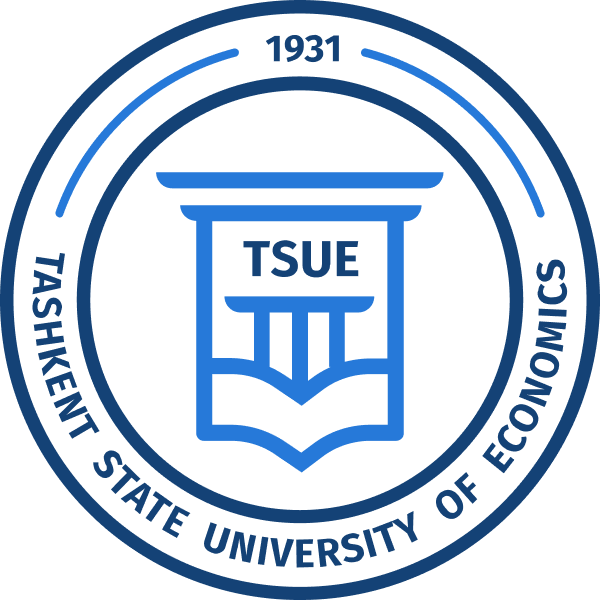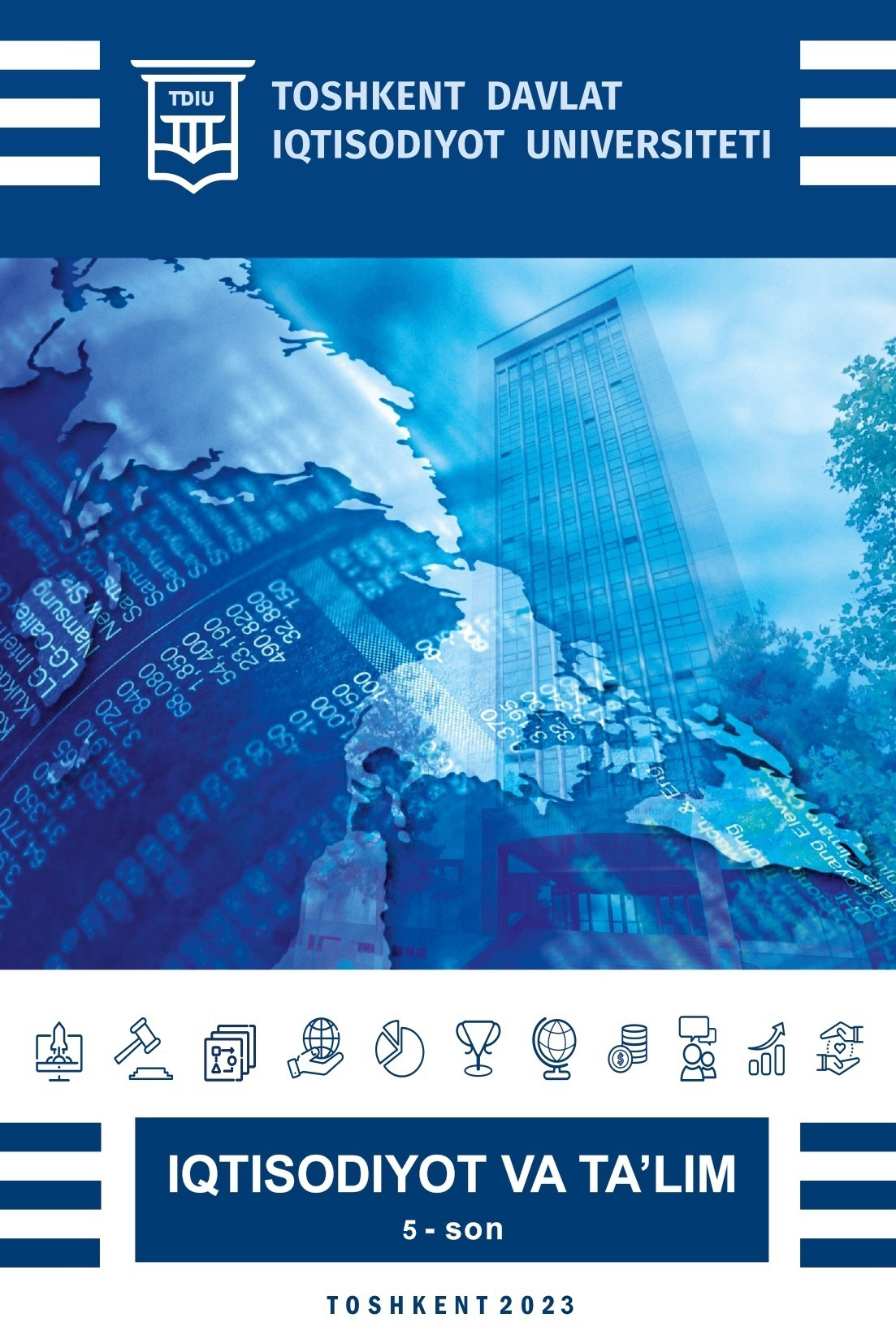Abstrak
Markazlashtirilgan tizim isrofgarchilikka olib kelsa, bozor tizimi resurslarni samarali taqsimlaydi. Bozordagi nosozliklar va axborot bo'shliqlarini asosiy aybdor deb ko'rsatgan tadqiqotlar resurslarni taqsimlashda institutsional va siyosiy omillarning muhim ta'sirini ta'kidlaydi. Bularga tartib va qoidalar singari rasmiy kanallar, shuningdek, siyosiy aloqalar va shaxsiy munosabatlar kabi norasmiy kanallar kiradi. Eksklyuziv va shaxsiy siyosiy mansublik rasmiy mablag'larni taqsimlashdan keladigan daromadlarning kamayishida alohida rol o'ynaydi. Ushbu maqolada O'zbekistonda rasmiy mablag'larning notekis taqsimlanishiga shaxslararo aloqalarning ta'siri kengaytirilgan holda o'rganiladi.
Bibliografik manbalar
Acemoglu, D., Johnson, S., & Robinson, J. A. (2005). Institutions as a fundamental cause of long- run growth. In P. Aghion, & S. Durlauf (Eds.), Handbook of Economic Growth (pp. 386–464). Elsevier B. V. Retrieved 25 July 2023, from https://economics.mit.edu/sites/default/files/publications/institutions-as-the-fundamental- cause-of-long-run-.pdf
Beck, T. (2013). Bank financing for SMEs: Lessons from the literature. National Institute Economic Review, 225(1), R23–R38. https://doi.org/10.1177/002795011322500105
Berger, A. N., Klapper, L. F., & Udell, G. F. (2001). The ability of banks to lend to informationally opaque firms. Journal of Banking and Finance, 25(12), 2127–2167. https://doi.org/10.1016/S0378- 4266(01)00189-3
Claessens, S., & Perotti, E. (2007). Finance and inequality: Channels and evidence. Journal of Comparative Economics, 35(4), 748–773. https://doi.org/10.1016/j.jce.2007.07.002
Coase, R. H. (1937). The nature of the firm. Economica, 4(16), 386–405. https://doi.org/10.2307/2626876
Cressy, R., & Olofsson, C. (1997). European SME financing: An overview. Small Business Economics, 9(2), 87–96. https://doi.org/10.1023/A:1007921004599
Demetriades, P., & Andrianova, S. (2004). Finance and growth: What we know and what we need to know. In C. Goodhart (Ed.), Financial Development and Economic Growth (pp. 38–65). Palgrave Macmillan
EBRD. (2023). Transition Report 2022–23: Business as usual. European Bank for Reconstruction and Development (EBRD). Retrieved 5 July 2023, from https://www.ebrd.com/transition-report- 2022-23
Fedderke, J., de Kadt, R., & Luiz, J. (1999). Economic growth and social capital: A critical reflection. Theory and Society, 28(5), 709–745. https://doi.org/10.1023/A:1007021914850
Hunt, J., & Laszlo, S. (2012). Is bribery really regressive? Bribery’s costs, benefits, and mechanisms. World Development, 40(2), 355–372. https://doi.org/10.1016/j.worlddev.2011.06.001
Miller, M., & Modigliani, F. (1961). Dividend policy, growth, and the valuation of shares. Journal of Business, 34(4), 411–433. http://dx.doi.org/10.1086/294442
(Eds.), Social Capital: A Multifaceted Perspective (pp. 147–172). World Bank
Ruziev, K. (2021). Uzbekistan’s development experiment: An assessment of Karimov’s peculiar economic legacy. Europe-Asia Studies, 73(7), 1303–1329. https://doi.org/10.1080/09668136.2021.1919602
World Bank. (2023a). World Development Indicators. Retrieved 24 June 2023, from https://datatopics.worldbank.org/world-development-indicators/

This work is licensed under a Creative Commons Attribution-ShareAlike 4.0 International License.
Copyright (c) 2023 Iqtisodiyot va taʼlim

